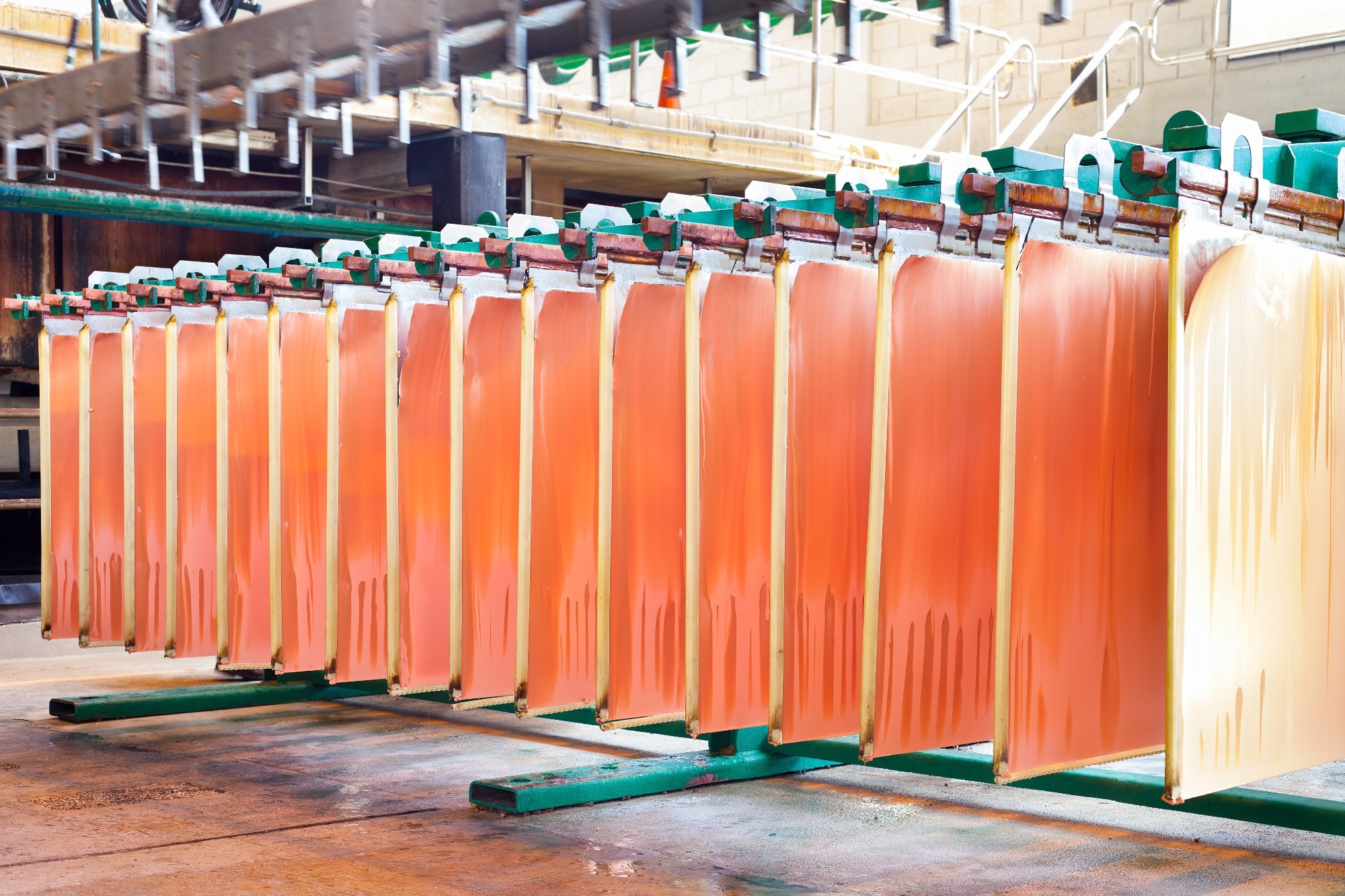A new £3 million effort to create innovative cathode materials for next-generation lithium-ion batteries will be spearheaded by the University of Oxford. Better battery performance, increased energy density, lower costs, and a smaller environmental impact are just a few of the advantages that might result from this. Ultimately, by increasing the range and power available to electric vehicles, this could significantly accelerate the transition to net zero.

Image Credit: Jose Luis Stephens/Shutterstock.com
The Faraday Institution, the UK's independent institute for research on electrochemical energy storage, is making a significant investment in this new initiative. In addition to industry partners, the 3D-CAT initiative will bring together experts from UCL and the University of Oxford to directly solve a significant industrial concern.
Its specific goal is to create practical lithium battery cathode materials without costly cobalt and nickel, which are linked to supply chain and environmental issues.
Although they have lower energy densities than cathodes utilizing cobalt and nickel, lithium iron phosphate and lithium manganese iron phosphate cathodes are nevertheless strong contenders.
New cathode materials that can function on par with cobalt—and nickel-based cathodes without the requirement for expensive, geographically concentrated precursors or impractical production procedures are desperately needed. The 3D-CAT project will address this, going from first-principles design to prototype synthesis and test system validation.
One especially interesting route is lithium-rich disordered rocksalts, which consist of lithium and transition metal atoms organized in a disordered rock-salt crystal structure. These materials can attain high energy densities but have poor rate performance (the pace at which a battery charges and discharges) and other limitations. They are also typically made using ball-milling, which requires a lot of energy and cannot be easily scaled.
Recent research by the Faraday Institution's CATMAT project (directed by Professor Saiful Islam, Department of Materials) and others has shown that partial ordering of lithium and transition metal atoms in these materials can significantly increase lithium-ion transport. This discovery paves the path for a new lithium-rich three-dimensional cathode (3DC) material that combines excellent performance with scalable, energy-efficient production.
This funding will enable us to develop a deeper understanding of local structure in disordered Li-rich cathodes and unlock the full potential of this novel class of battery materials for commercial use.
Robert House, Professor, Department of Materials, University of Oxford
Over the next three years, 3D-CAT will endeavor to understand how local ordering in Li-rich 3DC cathodes can be optimized to maximize lithium-ion transport and rate capability, taking into account the influence of various particle sizes and morphology.
The team will use Oxford's world-class research facilities at the Centre for Energy Materials Research (CEMR) and the Materials Modelling Laboratory (MML) to create successive generations of prototype cathode materials and assess their performance in test systems.
The team will create sustainable, low-cost, and energy-efficient synthesis approaches for these novel materials and investigate how conductive coatings might boost rate capability and long-term performance.
Professor Robert House (Department of Materials), Principal Investigator for 3D-CAT, added, “3D-CAT is an exciting opportunity to develop innovative new Li-ion cathode materials to support the British battery industry. I am delighted to have the support of the Faraday Institution and our expert industry partners to deliver our vision.”
3D-CAT collaborates with various industry partners that are well positioned to assist different phases of the materials development and commercialization process, ensuring that the project meets industry demands. Partners include the Centre for Process Innovation (CPI), where specialists from the AMBIC materials battery scale-up facility will assist the team in developing a synthesis pathway suited for large-scale manufacturing.
In addition to 3D-CAT and CATMAT, the University of Oxford leads four other Faraday Institution flagship battery research projects: Nextrode (led by Professor Patrick Grant, Department of Materials), SafeBATT (led by Professor Paul Shearing, Department of Engineering Science), SOLBAT (led by Professor Mauro Pasta, Department of Materials), and LiSTAR (led by Professor Paul Shearing, Department of Engineering Science). Oxford is also involved in several additional Faraday initiatives.
Oxford is proud to be leading the way in developing the next generation of battery materials. This project brings together brilliant minds, cutting-edge science and strong partnerships with industry to tackle one of today’s most pressing challenges—how to store energy cheaply and efficiently. It’s a great example of how world-class research in our Division is delivering real benefits for everyone and the UK economy.
Jim Naismith, Professor and Head, Mathematical, Physical and Life Sciences Division, University of Oxford